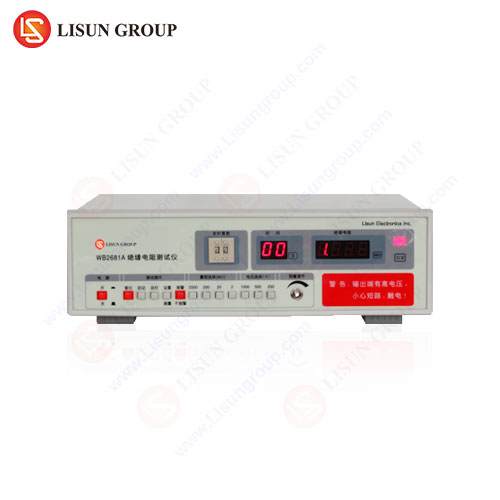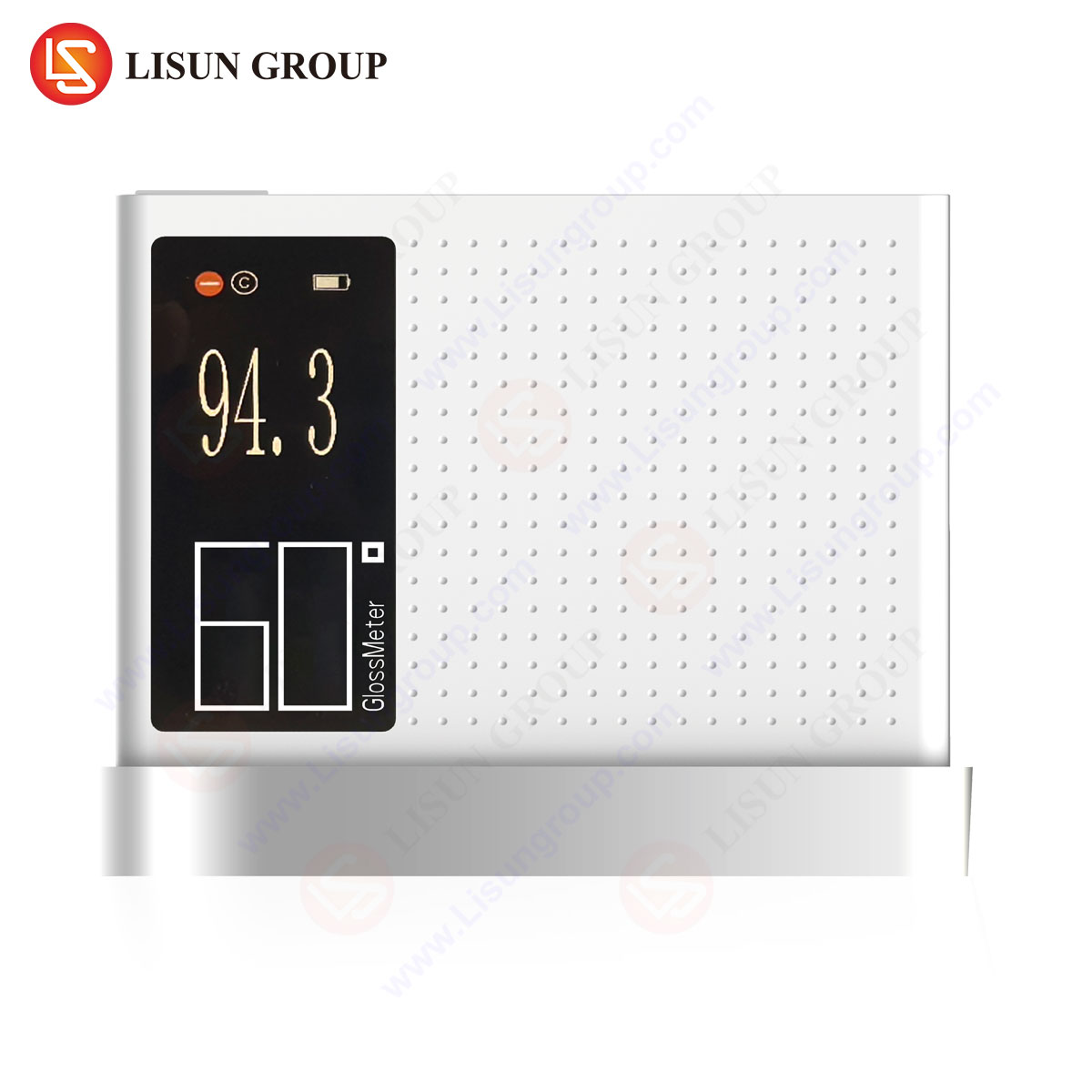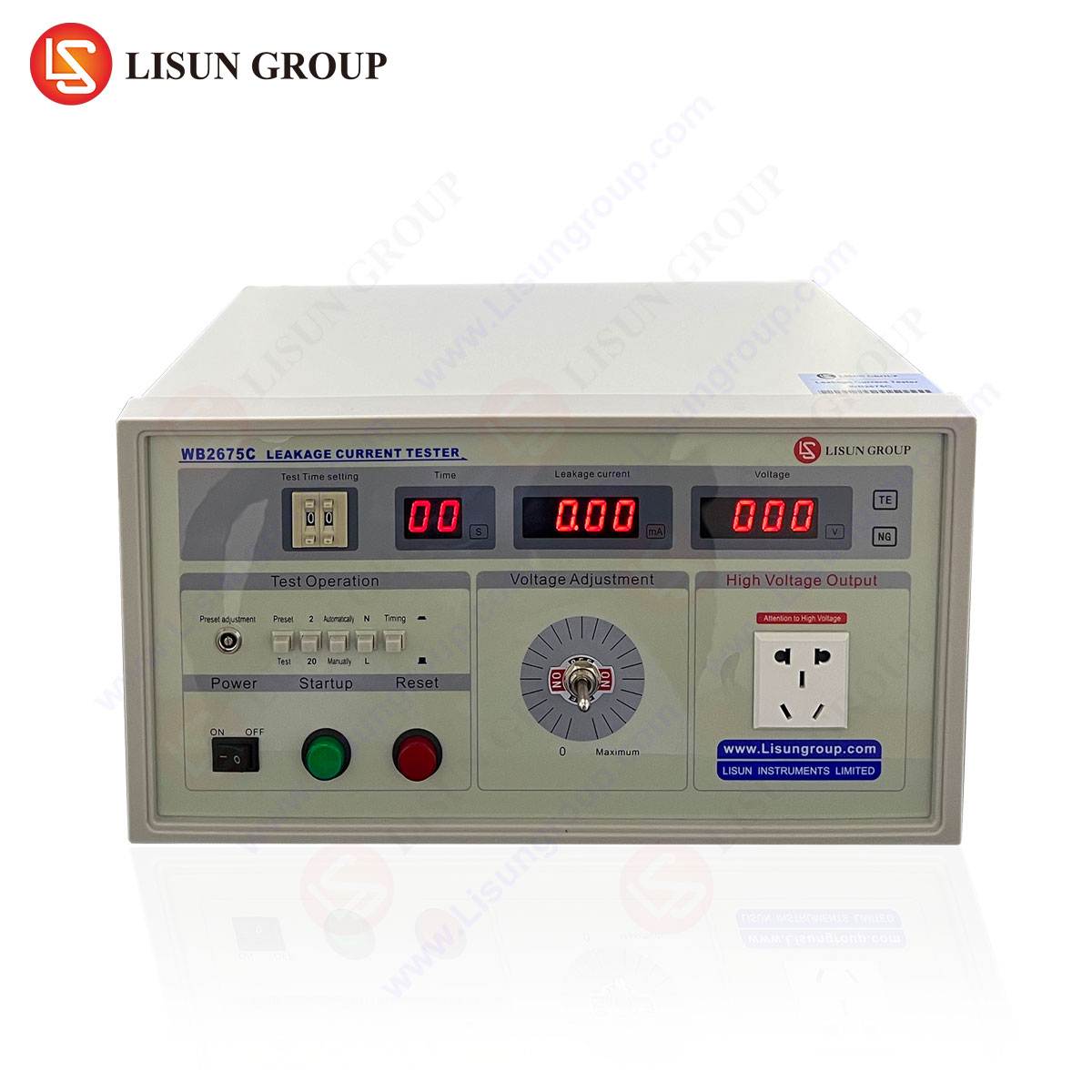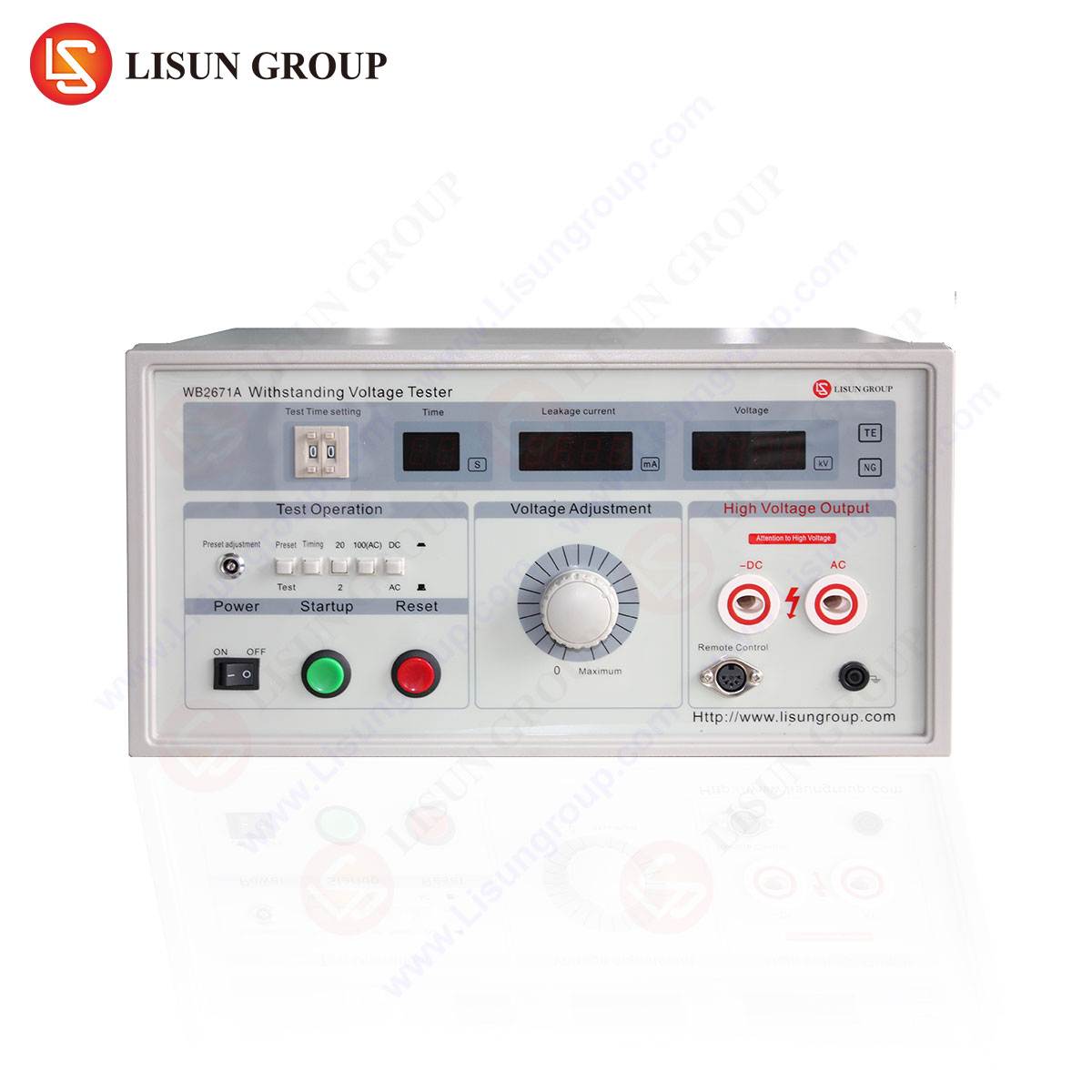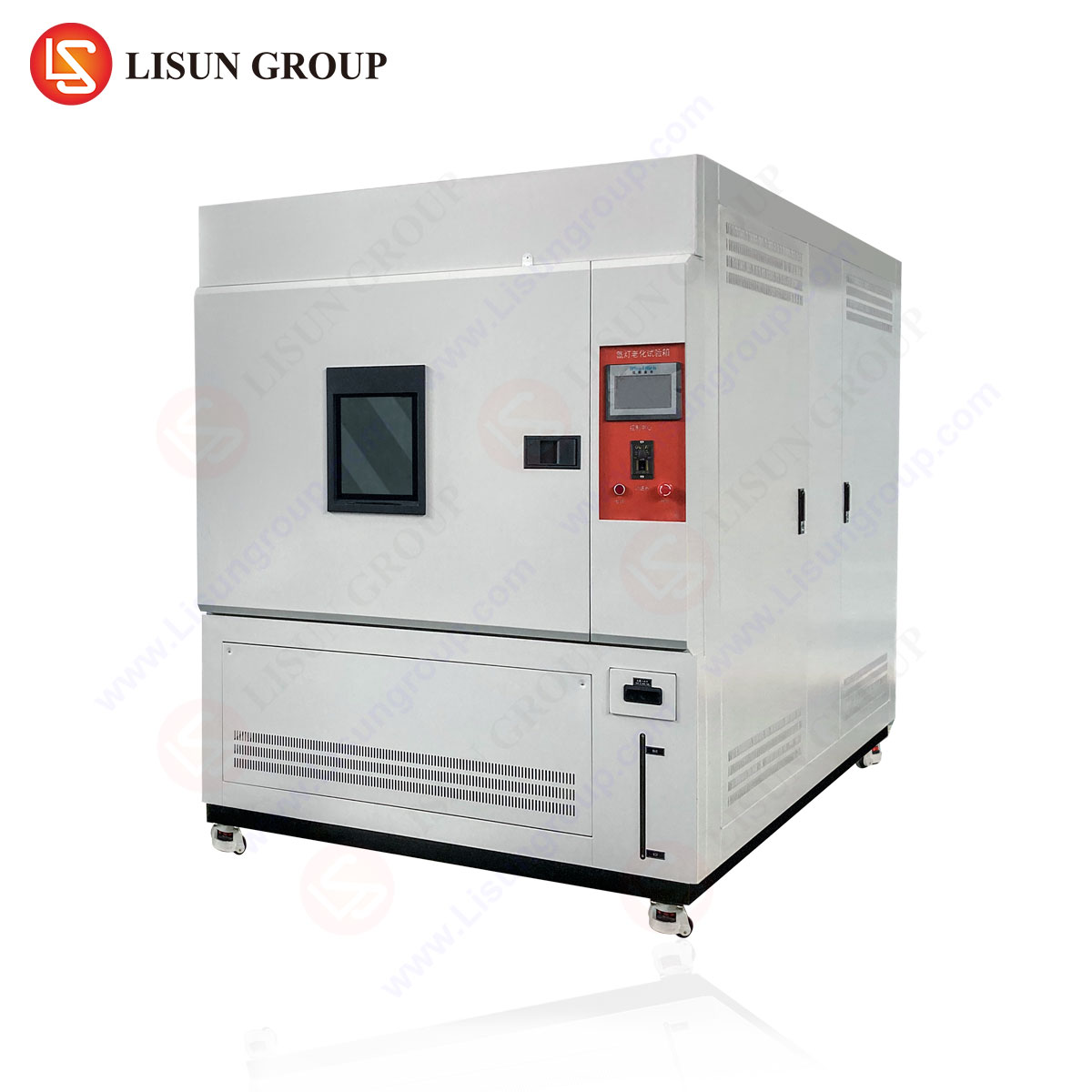Introduction to Earth Resistance Testing
Earth resistance testing is a critical procedure in ensuring the safety and performance of electrical systems. Proper grounding minimizes the risk of electrical shock, equipment damage, and electromagnetic interference. Industries such as electrical and electronic equipment manufacturing, telecommunications, automotive electronics, and medical devices rely on accurate earth resistance measurements to comply with international safety standards like IEC 60364, IEEE 81, and NEC 250.
This article outlines a detailed earth resistance testing procedure, emphasizing the use of the ليسون WB2678A Grounding Resistance Tester, a high-precision instrument designed for reliable measurements in diverse industrial applications.
Fundamental Principles of Earth Resistance Measurement
Earth resistance is the opposition encountered by current flowing from an electrode into the surrounding soil. The measurement principle involves injecting a known current into the ground and measuring the resulting voltage drop. The ratio of voltage to current determines the resistance.
إن WB2678A employs a three-pole fall-of-potential method, the most widely accepted technique for accurate earth resistance assessment. This method requires:
- Current electrode (C1) – Drives test current into the ground.
- Potential electrode (P1) – Measures voltage drop relative to the grounding system.
- Ground electrode (E) – The system under test.
Additional methodologies, such as the two-pole method (for simple installations) and clamp-on testing (for live systems), may also be applied depending on site conditions.
Key Specifications of the LISUN WB2678A Grounding Resistance Tester
إن WB2678A is engineered for precision and durability, with specifications tailored for industrial applications:
| المعلمة | مواصفة |
|---|---|
| Measurement Range | 0.01 Ω – 2000 Ω |
| Test Current | 1 mA – 20 A (adjustable) |
| دقة | ±(1% + 0.1 Ω) |
| Operating Temperature | -10°C to 50°C |
| Safety Compliance | IEC 61010-1, CAT IV 300V |
| Data Logging | 500 records storage |
في auto-ranging functionality و noise filtering ensure reliable readings in electrically noisy environments, making it ideal for telecommunications equipment, industrial control systems, and aerospace components.
Step-by-Step Earth Resistance Testing Procedure
1. Pre-Test Site Assessment
Before testing, evaluate the grounding system layout and soil conditions. Factors such as moisture content, soil resistivity, and nearby buried conductors influence measurement accuracy.
2. Electrode Placement and Configuration
- Position the current electrode (C1) at a distance ≥5 times the length of the ground electrode under test.
- Place the potential electrode (P1) at 62% of the distance between E and C1 (per IEEE 81 guidelines).
- Ensure low-resistance connections using clamps or direct bonding.
3. Instrument Setup and Calibration
- Power on the WB2678A and select the appropriate test mode (3-pole, 2-pole, or clamp-on).
- Verify zero calibration before measurement to eliminate lead resistance errors.
4. Conducting the Measurement
- Inject test current and record the resistance value displayed.
- Repeat measurements at varying P1 positions to confirm consistency (62% rule validation).
5. Data Interpretation and Reporting
- Compare results against industry standards (e.g., <5 Ω for telecommunications, <10 Ω for medical devices).
- Document environmental conditions (temperature, humidity) for traceability.
Industry-Specific Applications of Earth Resistance Testing
Electrical and Electronic Equipment
Grounding ensures EMI suppression and fault current dissipation in PCBs and power supplies. The WB2678A’s high resolution (0.01 Ω) detects minute resistance variations critical for sensitive circuits.
Automotive Electronics
EV charging stations and onboard systems require low-impedance grounding (<1 Ω) to prevent leakage currents. The tester’s 20A current output simulates real-world load conditions.
Lighting Fixtures and Industrial Controls
Outdoor lighting and PLC cabinets depend on robust grounding to mitigate lightning-induced surges. The WB2678A’s rugged design withstands harsh field environments.
Medical Devices and Aerospace
Patient safety in MRI machines and avionics demands ultra-low resistance values. The instrument’s ±1% accuracy ensures compliance with IEC 60601 and DO-160 standards.
Competitive Advantages of the WB2678A
- Enhanced Noise Immunity: Advanced filtering rejects stray AC/DC interference.
- User-Centric Design: Backlit LCD, one-handed operation, and IP54-rated housing.
- Regulatory Compliance: Meets IEC, IEEE, and ANSI testing requirements.
Frequently Asked Questions (FAQ)
Q1: What is the optimal distance between electrodes for accurate measurements?
A: The current electrode (C1) should be placed at least 5 times the length of the ground rod, with the potential electrode (P1) at 62% of that distance.
Q2: Can the WB2678A measure soil resistivity?
A: Yes, using the Wenner or Schlumberger method, it calculates resistivity (ρ) from multi-electrode configurations.
Q3: How does temperature affect earth resistance readings?
A: Frozen or arid soil increases resistance. The WB2678A compensates via temperature-stable circuitry.
Q4: Is the tester suitable for live systems?
A: The clamp-on mode allows testing without de-energizing, ideal for telecom and power distribution networks.
Q5: What maintenance ensures long-term accuracy?
A: Periodic calibration (annual) and lead integrity checks prevent drift. The device includes self-diagnostic functions.


